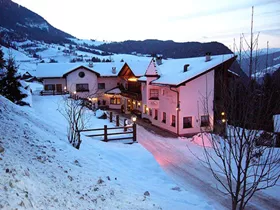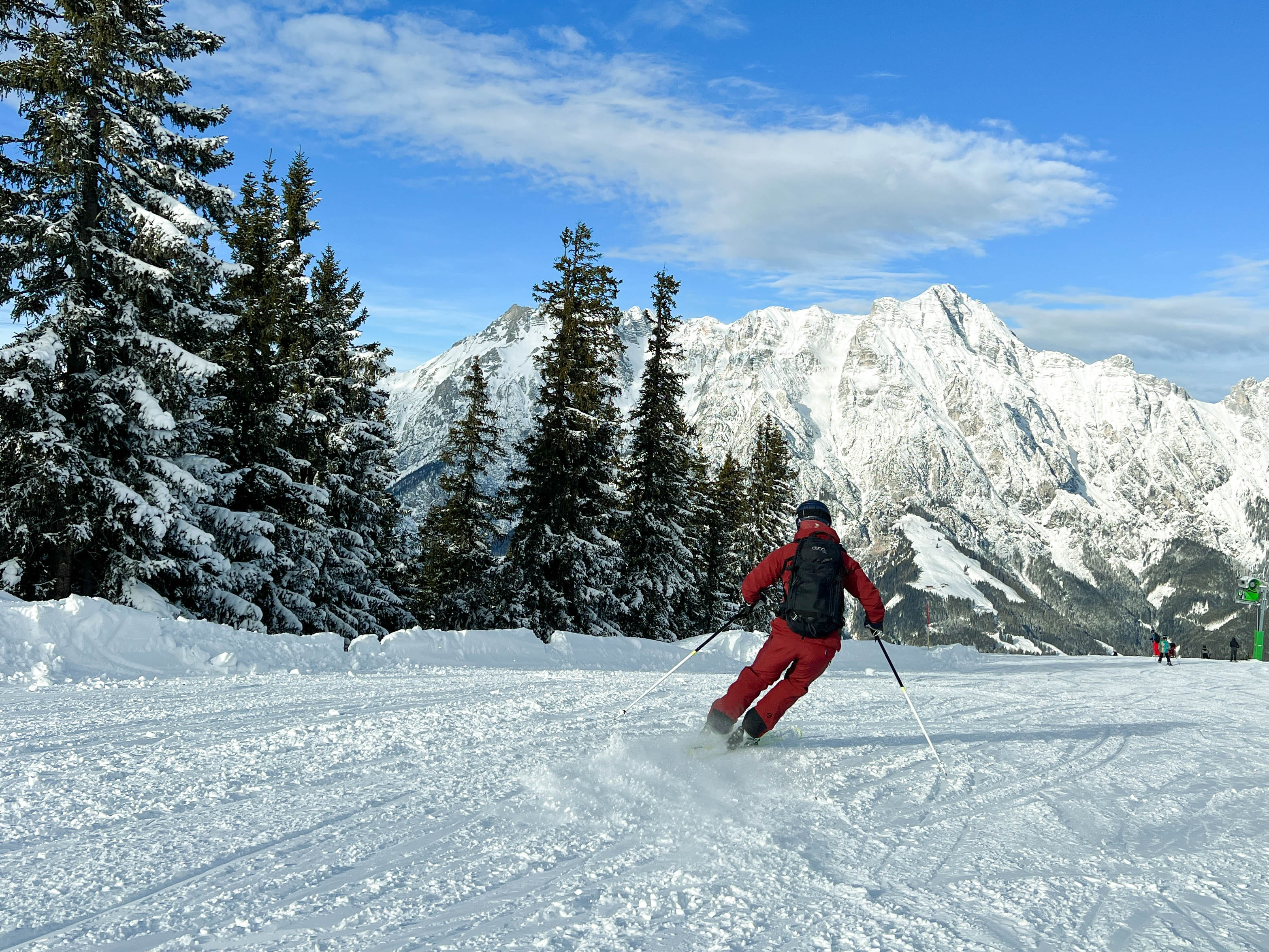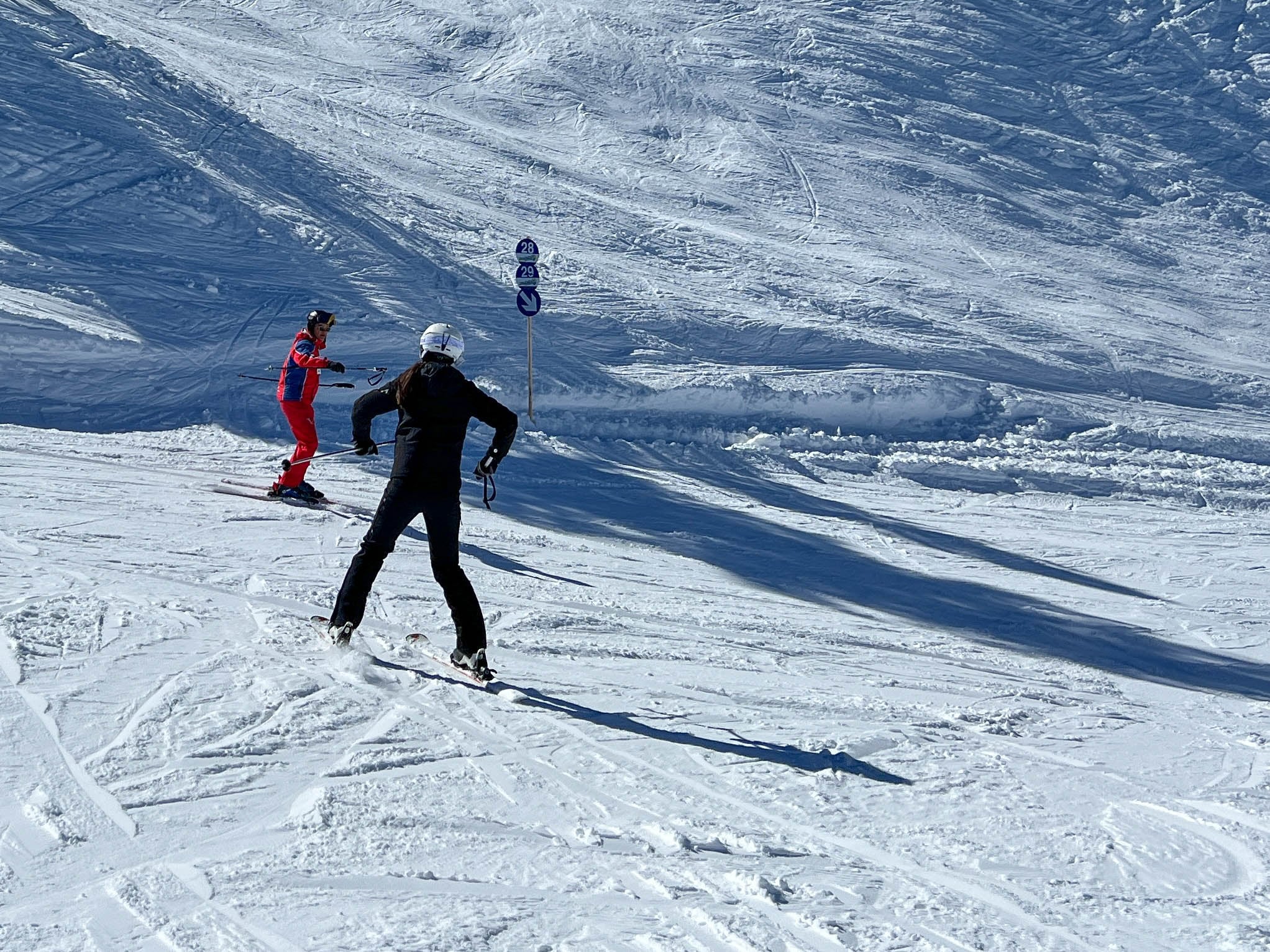

When you drive to your winter sports destination by car, you usually drive the last stretch to your destination through the mountains. Some people look forward to this, while others might dread this final stretch of the journey. Driving in the mountains requires experience and technique. It is not necessarily challenging, but it is very different from driving on the flat roads you might be used to. Forget about driving economically in high gear, for example, but let your car rev during the climb. In this blog, we offer tips for safe and controlled driving in the mountains.
Tips for driving in the mountains
Not all ski resorts are close to the highway. If you go on winter sports by car, chances are you will drive the last stretch through the mountains. Some mountain roads are more curvy than others and sometimes you climb to great heights to reach the ski village. Do you find driving in the mountains exciting or are you going on your first ski holiday by car and don't know what to expect? Below, we have collected some handy tips for you.
1. Practice the hill start
Chances are you will have to stop and start again during a climb. Therefore, before heading for the mountains, practise the hill start. Ensure your clutch slips as little as possible, and use the handbrake well.

2. Uphill traffic has priority
Some mountain roads are so narrow that you have to yield to oncoming traffic. The general rule here is that uphill traffic has priority because it is more difficult for them to get moving again. In practice, however, sometimes it is more convenient for ascending traffic to yield. If this is the case, please do so!
Drive uphill in low gear
When driving up a mountain, you must never do so in too high a gear. If you notice your car stops accelerating when you press the accelerator, make sure to shift down in time. It's okay to hear the engine rev. Imagine what it is like to climb a mountain on your bike in too high a gear. You will quickly overheat; the same happens to your car engine if you drive in too high a gear. In the mountains, you mainly drive in 2nd and 3rd gear.

4. Descend in the same gear as the climb
It is important to drive down the mountain at a reasonable speed. The rule of thumb is to descend in the same gear as you climb. This ensures you slow down and use the engine to brake.
5. Engine braking
While going downhill, make sure your car brakes on the engine. The car should slow down when you take your foot off the accelerator; if it doesn't, shift down. Using the brakes too much to slow down can cause the brakes to overheat.

6. Shift down in time for the hairpin bend and look up/down
You can take most hairpin bends in second gear. Brake in time and downshift well before the turn so you disengage the clutch and approach the turn at the right speed. Always look further down into the bend when driving downhill and up when going uphill. This way, you can anticipate other traffic in time. You also avoid getting 'stuck' with a truck or bus in a hairpin bend.
7. Allow for longer braking distances
When you first ride in the mountains, brake a few times as you descend. That way, you will soon feel how much more braking distance you need. It is advisable to brake a little harder more often instead of pressing your brake pedal a little each time.
8. Choose low gear if you drive an automatic
An automatic gearbox will generally select a high gear on flat roads, but this usually means you are in too high a gear when driving up or down the mountain. Instead, select the low gearing or use the paddles on your steering wheel. Like in a car with a manual gearbox, always drive uphill and downhill in low gear.
Take care while parking...
If you want to stop on a slope or park, ensure your wheels face the right way. Turn your front wheels towards the mountainside or crash barriers when parking facing downhill (or the rear wheels when facing uphill). If your car faces uphill, put the car in first gear and apply the parking brake. If you park facing downhill, select reverse gear instead and apply the parking brake. Be careful using the parking brake in sub-zero temperatures, as it can seize up.














